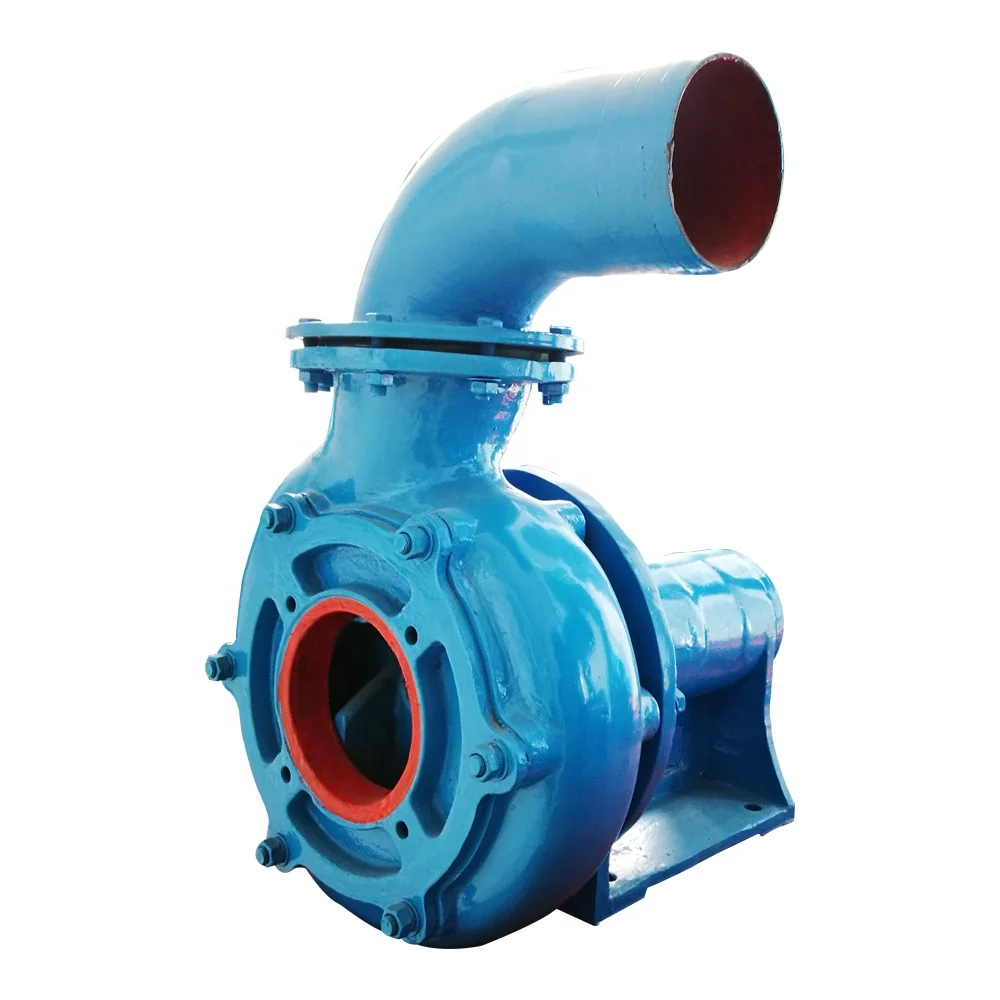

Get a couple of 4” U-bolts from the hardware store and stand them upright in a 5 quart, bigmouth bucket, filled with a half-measure of our insulating mix.

Now go one step further and make a lid to help retain the heat. You can see the threads on one half the coupling screw onto the steel pipe, and the slip adaptor on the other end, simply pushes onto the PVC tube. You’re also going to need a 1" PVC coupling (Slip x FIPT), as well as some 1” PVC pipe. This is the “business end” that will sit next to the hot coals in the foundry. This way, if a crucible fails, and dumps molten metal into the foundry, it will stay in the foundry, instead of dangerously flowing out of the pipe. Now you have a tight, downward sloping hole, that the blower tube fits perfectly into, and it’s strategically placed, a few inches up from the bottom. Once through the metal, it’s easy to burrow down at about a 30º angle because the plaster hasn’t fully cured, and cuts away like butter. This will give the plaster just enough time to harden, so the bucket stays in place, even when you let go.Ī 1-3/8” (35mm) hole saw is the perfect size for accommodating this 1” steel tubing, and if you center the metal cutting blade with the top line on the bucket, you can carefully begin cutting through the metal wall. As you push the bucket into the center, the mixture rises upward, but it won’t spill out.īefore the mix is starts to firm up, try working the bucket up and down a few times, to help level it before it sets. Now bring back the plastic measuring bucket, and use it to form the center of the foundry.įill the bucket with water, to give it a bit of weight, but anything like sand or rocks will work as well. There should be just enough fluid to fill the bucket about 3” from the top. When you’re convinced there aren’t any clumps of powder left in the bucket, the refractory mix is ready for pouring.Ĭarefully transfer it to the steel bucket as slowly as practical, to minimize the splattering. It’s really important to get all the dry powder wet, and work out any lumps as quickly as possible.Īfter mixing for a couple of minutes, it should be fairly runny, and roughly all the same color. You’ve only got about 15 minutes before it all hardens up. The moment the water touches the dry mix, the clock starts ticking.


 0 kommentar(er)
0 kommentar(er)
